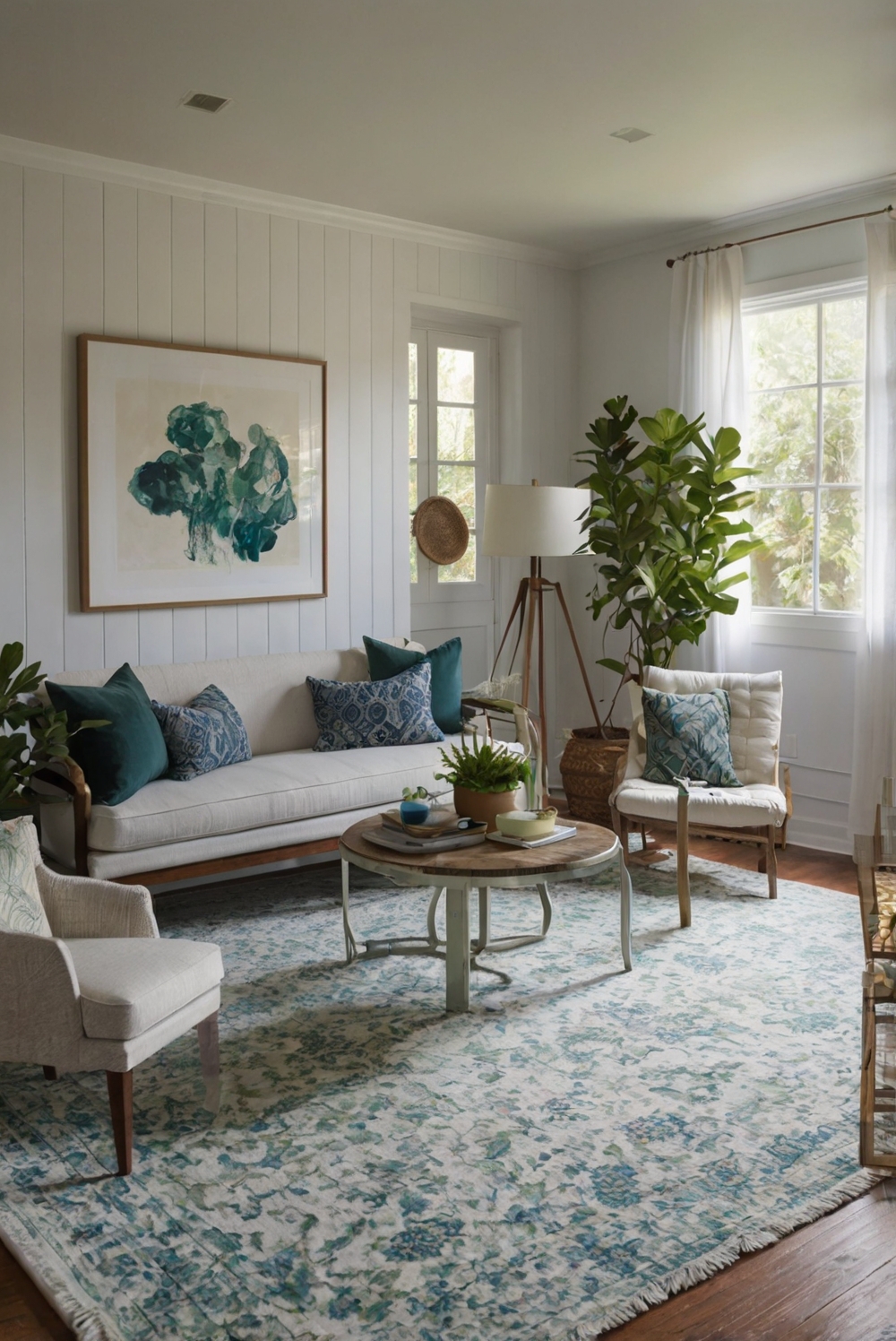Wondering how to select a rug color that complements your decor? Dive into daily interior designer routines to find the perfect hue and elevate your space effortlessly.
Choosing the right rug color is crucial for enhancing the overall aesthetics of your home decor. To complement your decor, consider the following tips:
1. Take inspiration from your existing color scheme: Match the rug color with the dominant shades in your room.
2. Contrast or blend: Decide if you want a rug that contrasts with your decor for a statement piece or blends in for a harmonious look.
3. Size matters: Ensure the rug size is appropriate for your room to create balance.
4. Consider texture: Opt for a rug with texture that adds dimension to the space.
5. Quality counts: Invest in a high-quality rug that will last and maintain its appearance over time.
By following these tips, you can select a rug color that seamlessly complements your home interior design and elevates the overall look of your space.
How should you choose a rug color that complements your decor?
Consider the existing color scheme of your room:
When selecting a rug color, it is crucial to consider the existing color scheme of your room. The rug should complement the colors of your walls, furniture, and other decor elements. If you have neutral-colored walls and furniture, you can opt for a bold rug color to add a pop of color to the room. On the other hand, if your room already has vibrant colors, a neutral rug can help balance the overall look.
Take the size of the room into account:
The size of your room can also influence your choice of rug color. In a small room, a light-colored rug can make the space appear larger and more open. Conversely, in a large room, a dark-colored rug can create a cozy and intimate atmosphere. Consider the size of your room when selecting a rug color to achieve the desired visual effect.
Use the rug as a focal point:
When choosing a rug color, you can use it as a focal point in your room. Select a rug color that stands out and draws attention, such as a bold pattern or a vibrant hue. This can help anchor the room and tie together the different elements of your decor. Additionally, using the rug as a focal point can add personality and visual interest to your space.
Consider the lighting in the room:
The lighting in your room can impact how the rug color appears. Natural light can enhance the vibrancy of colors, while artificial light may alter the way colors look. Consider the lighting conditions in your room when choosing a rug color. If your room receives ample natural light, you can opt for a brighter rug color. In rooms with limited natural light, choose a rug color that will still look appealing under artificial lighting.
Think about the functionality of the rug:
Aside from aesthetics, consider the functionality of the rug when selecting a color. For high-traffic areas, choose a rug color that can effectively hide dirt and stains. Darker colors and patterns are better at concealing dirt, making them ideal for areas with heavy foot traffic. In less-used spaces, you can experiment with lighter or brighter rug colors that may require more maintenance but can add a decorative touch to the room.
Conclusion:
Choosing a rug color that complements your decor involves considering various factors such as the existing color scheme, room size, lighting conditions, and functionality. By taking these aspects into account, you can select a rug color that enhances the overall look of your room and ties together the different elements of your decor. Remember to use the rug as a focal point, consider the room’s lighting, and think about the practicality of the rug color to make an informed decision.

